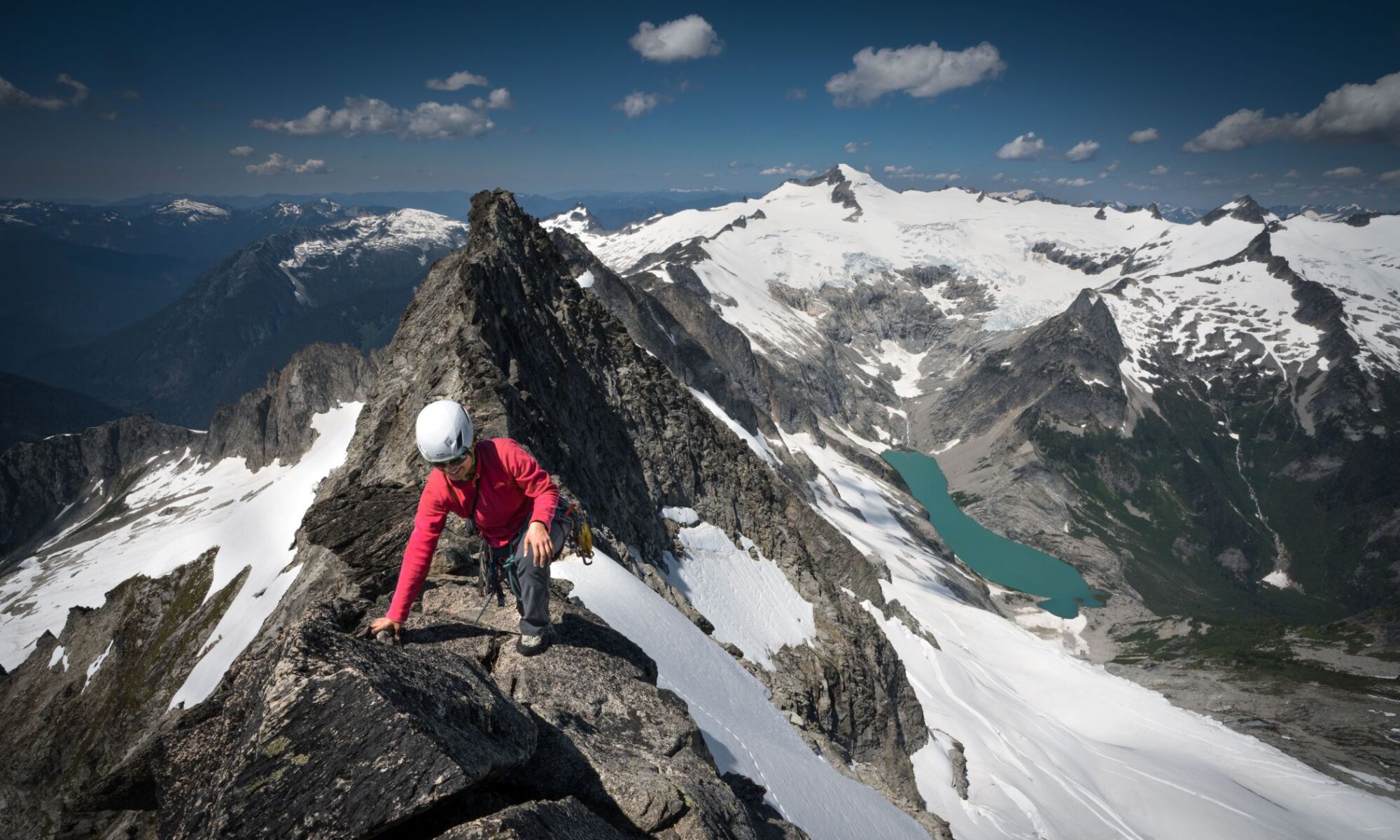The following update on Gorge recreation was created and released by the USDA Forest Service in collaboration with Washington State Parks, the Oregon Parks and Recreation Dept., and the Oregon Dept. of Transportation.
May 27, 2020 — Columbia River Gorge National Scenic Area
A group of state and federal agencies are opening a limited number trails and day use sites in the Columbia River Gorge today, while crowded sites (including most waterfall viewing areas), campgrounds, and visitor’s centers remain closed.
When determining which facilities and services could resume, land managers followed CDC and state health authorities’ guidance for the outdoor recreation sector. The day use sites are part of a phased resumption of access that will likely span several months. Decisions are made in the interest of protecting the health of the public as well as local communities and agency employees, and sites could be subject to closing again if crowded conditions are deemed unsafe. The public should expect fewer available trails, activities, and services through the summer.
Agencies are coordinating their frameworks for phasing in access to public lands and waterways to make a conscious attempt to encourage visitors to disperse across as many alternative recreation opportunities as possible. Most waterfalls, including Multnomah Falls and others along the stretch of the Historic Columbia River Highway known as “Waterfall Corridor,” remain closed because they draw millions of visitors from around the world each summer. Dog Mountain, Beacon Rock Trail, and several other narrow hiking trails also remain closed. The trails in the closed post-Eagle Creek Fire area (including Eagle Creek Trail itself and the nearby day use site) also remain closed.
The driveable portion of the Historic Columbia River Highway, also known as US 30 or the Scenic Byway, remains closed between Larch Mountain Road and Ainsworth.
Here is an interagency snapshot of recreation site status in the Columbia River Gorge as of May 27, 2020:
The Historic Columbia River Highway State Trail is open to pedestrians and bicyclists from Hood River to Mosier (the “Twin Tunnels” section) and along the newer section from Wyeth to Viento. The section from John B. Yeon to Cascade Locks remains closed (this includes John B. Yeon, Tooth Rock, and Cascade Locks trailheads and parking areas).
The U.S. Army Corps of Engineers has opened the following sites for day use:
| Western Gorge | Eastern Gorge |
|---|---|
| Bass Lake Wildlife Area | Seufert Park |
| Fort Cascades National Historic Area | Hess Park |
| Hamilton Island Recreation Area (inc. the boat ramp) | Spearfish Park |
| North Shore Recreation Area | Avery Park |
| Tanner Creek Recreation Area | The Dalles Dam Northshore |
Washington State Parks has opened Doug’s Beach and Columbia Hills State Park (including Horsethief Butte, Horsethief Lake, Dalles Mountain Ranch, and Crawford Oaks). Limited parts of Beacon Rock State Park are open, including the Doetsch Day Use Area, Hamilton Mountain Trailhead, equestrian trailhead, and boat launch.
Oregon State Parks has opened the following parks for day use only. [See this map for Oregon State Parks by status.]
| Dabney | Seneca Fouts |
| Dalton Point | Seneca Fouts – Seven Streams |
| Government Island | Starvation Creek |
| Mayor State Park | Viento |
| Portland Women’s Forum | Vinzenz Lausmann |
| Post Canyon | Wyeth |
| Rooster Rock | Wygant |
| Sandy River State Park (note: not the same as Sandry River Delta) |
The USDA Forest Service is opening:
| Balfour-Klickitat | Lyle Trailhead & the Klickitat Trail |
| Bonneville Trailhead | Sams Walker |
| Bridge of the Gods Trailhead & the Pacific Crest Trail | St. Cloud Day Use Area |
| Catherine Creek Recreation Area | On the White Salmon Wild & Scenic River: |
| Herman Creek Trailhead | BZ Corners |
| Larch Mountain Recreation Area | Husum |
Skamania County has rescinded its Order of the Health Officer under RCW 70.05.070 that closed recreational hiking in Skamania County.
Visitors are asked to plan ahead, by checking agency websites or ReadySetGorge.com to see what is open before driving out and by considering a couple of “Plan B” recreation activities in case their first choice is too crowded when they arrive. Recreation sites may open or close with little advance notice; please respect any closures posted when you arrive.
Agencies are working in dialogue with a bi-state group of local and tribal leaders, and will monitor site use and its connection to local economic recovery as well as community health. Community leaders ask that you give them time before visiting, as the Gorge is still in transition. The Gorge is getting ready for visitors, but the region is still in recovery and is still adjusting and putting new measures in place.























